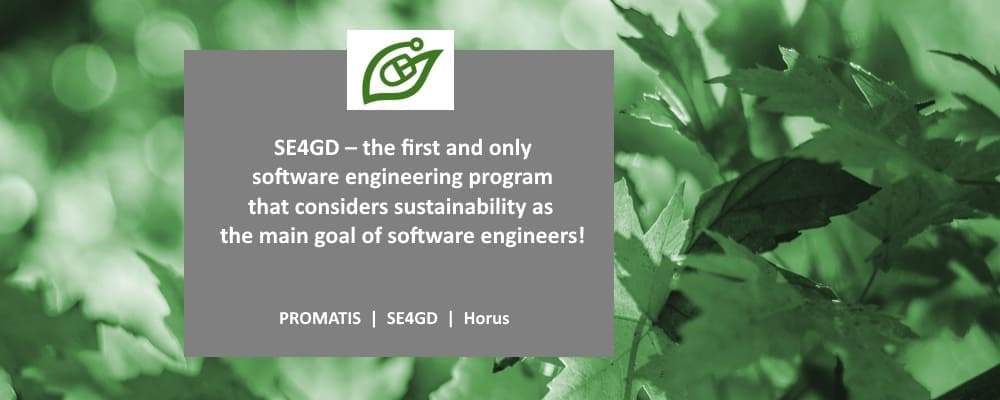Ökologie und Ökonomie wurden lange Zeit als separate Themen betrachtet, die auf den ersten Blick wenig miteinander zu tun haben. Jedoch lässt sich an vielen aktuellen Beispielen beobachten, dass Unternehmen aufgrund von Umweltproblemen vor große wirtschaftliche Probleme gestellt und ohne große Vorwarnung dazu gezwungen werden, ihr Geschäftsmodell massiv anzupassen. Auf der anderen Seite können sich Unternehmen durch die Umsetzung von Nachhaltigkeit in ihrem Geschäftsmodell auch signifikante Wettbewerbsvorteile verschaffen. Im vorliegenden Beitrag wird ein Ansatz vorgestellt, mit dem Unternehmen ihr Geschäftsmodell auf transparente Weise bezüglich ökologischer Nachhaltigkeit umbauen können. Der Ansatz umfasst ein Vorgehen, das neben Steuerungsmechanismen für das Management auch konkrete Konzepte zur Transformation einzelner Geschäftsprozesse und mögliche Zertifizierungen beschreibt.
Ethik in der Unternehmenspraxis
Die industrielle Revolution kann als ein komplexer Prozess verstanden werden, bei dem durch die Einführung von technischen und organisatorischen Innovationen in der Produktionskette die Beschleunigung und das Wachstum der industriellen Produktion möglich war, was zu einer modernen, urbanisierten Gesellschaft und langfristig zu einem kontinuierlichen Wirtschaftswachstum geführt hat. Es ist unbestreitbar, dass die Industrialisierung beträchtliche Fortschritte in Bezug auf das gesellschaftliche Wohlergehen und die Lebensqualität hervorgebracht hat, jedoch können auch die durch sie verursachten aktuellen Probleme nicht ignoriert werden. Auf Basis des Data Catalog der Weltbankgruppe lässt sich leicht feststellen, dass sich im Lauf dieses Prozesses eine Störung des Mensch-Natur-Verhältnisses entwickelt hat. Diese Störung wird durch die vielen aktuellen Umweltprobleme wie Klimawandel, abgeholzte Wälder, Knappheit von Süßwasser, Luftverschmutzung und das Artensterben aufgrund eines rücksichtslosen Umgangs mit den Ressourcen deutlich sichtbar.
Seit ihren Anfängen basiert die industrielle Revolution auf einem linearen Modell von Produktion und Verbrauch, besser bekannt als „take-make-dispose“: Dabei werden Ressourcen aus der Natur entnommen, gefolgt von der Herstellung von Produkten, dem Verkauf und dem Verbrauch, um schließlich in Mülldeponien oder Verbrennungsanlagen entsorgt zu werden. Dieses Wirtschaftsmodell basierte auf zwei Annahmen: Ressourcen sind unbegrenzt vorhanden und Ressourcen sind jederzeit leicht verfügbar. Diese beiden Grundannahmen der industriellen Revolution sind im aktuellen globalen Kontext jedoch nicht mehr gültig. Vielmehr ist es notwendig, den bestehenden Widerspruch zwischen den Ideen des Wirtschaftswachstums und denen des Umweltbewusstseins aufzulösen.
In den letzten Jahren scheint der Themenkranz Ökologie, Nachhaltigkeit und grüne Prozesse zu einem Trend geworden zu sein. Diese Themen beschäftigen sich nicht nur mit …
Lesen Sie hier den kompletten Beitrag unseres Partner Horus in der DOAG Business News 03/2021.
